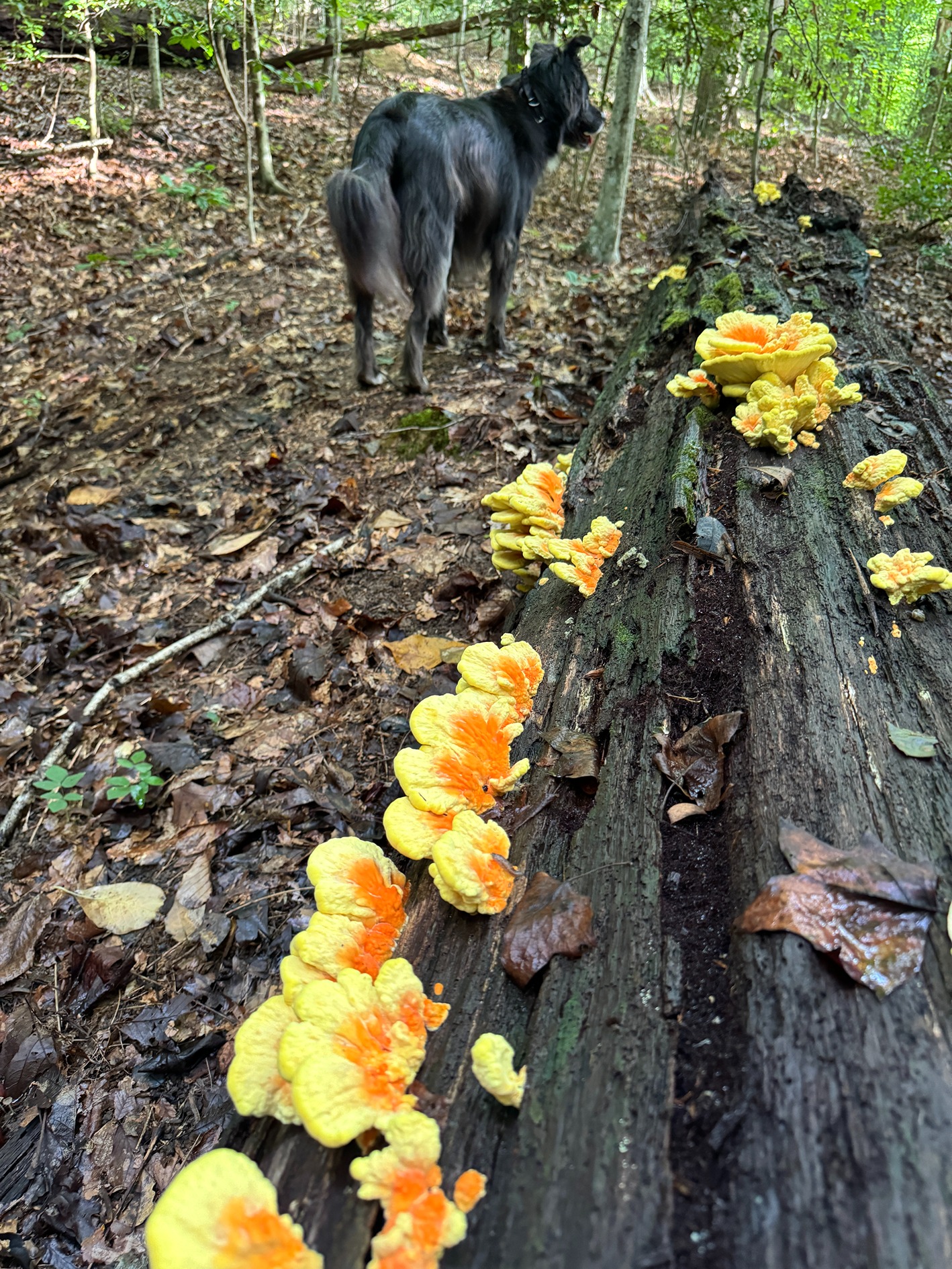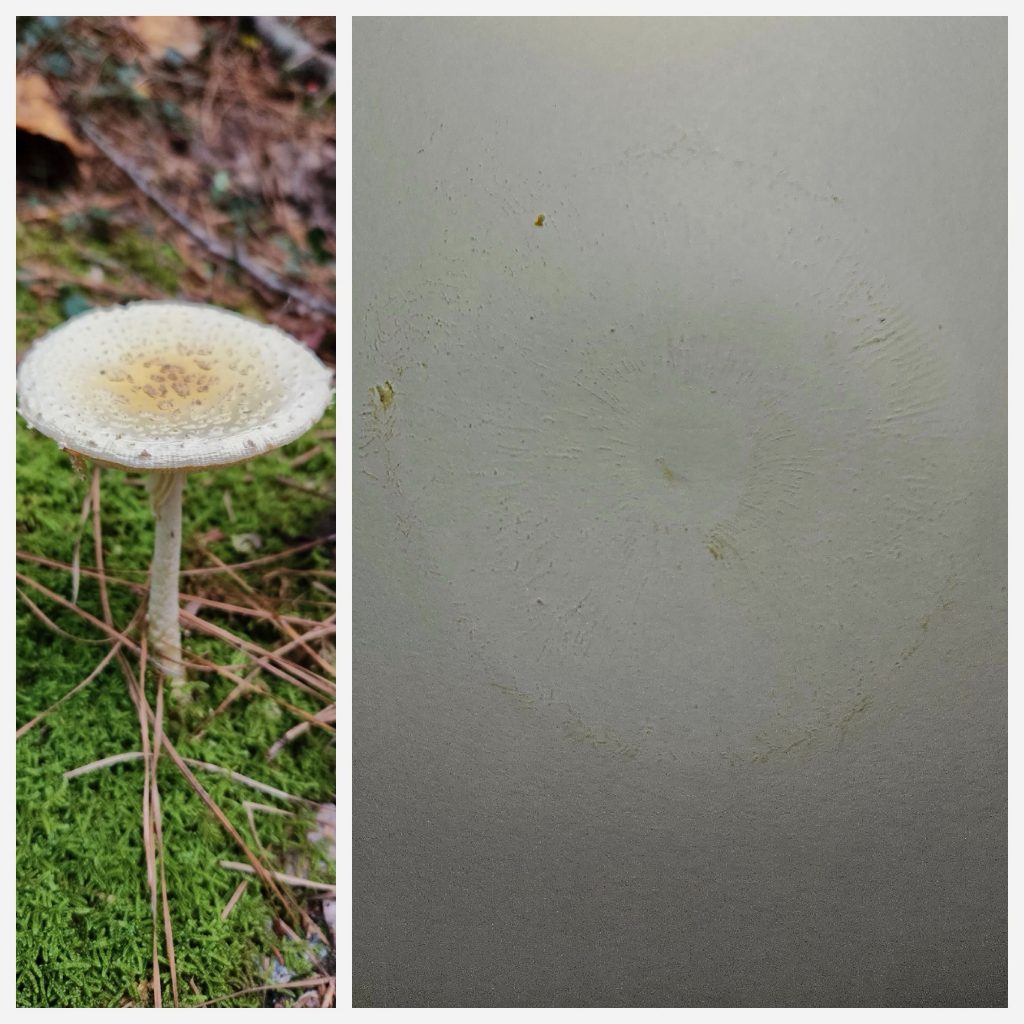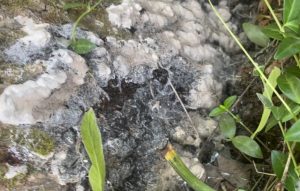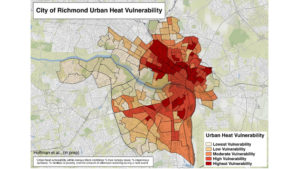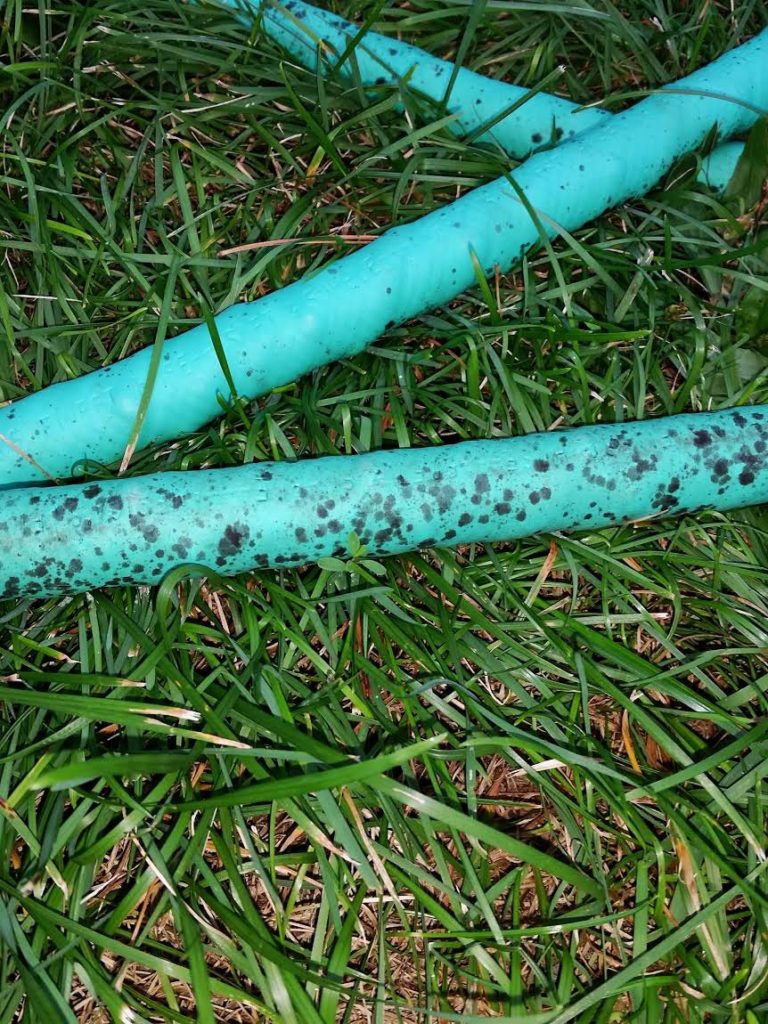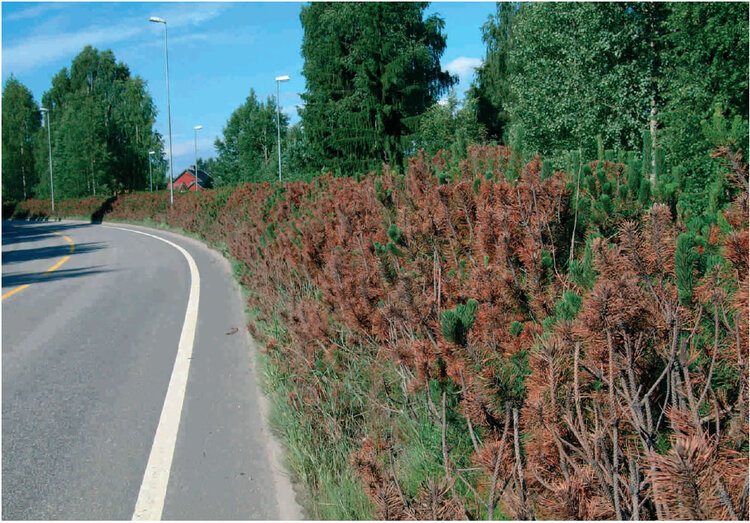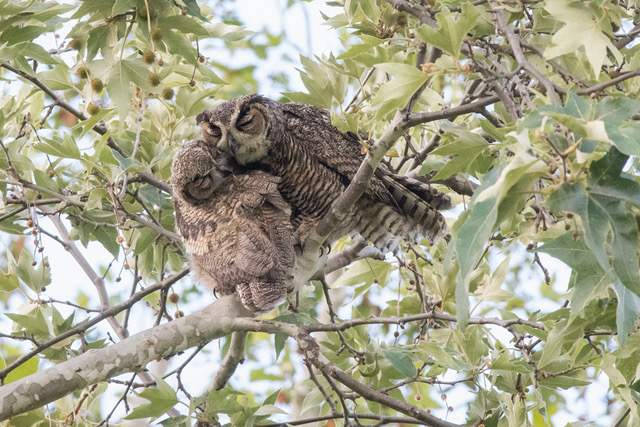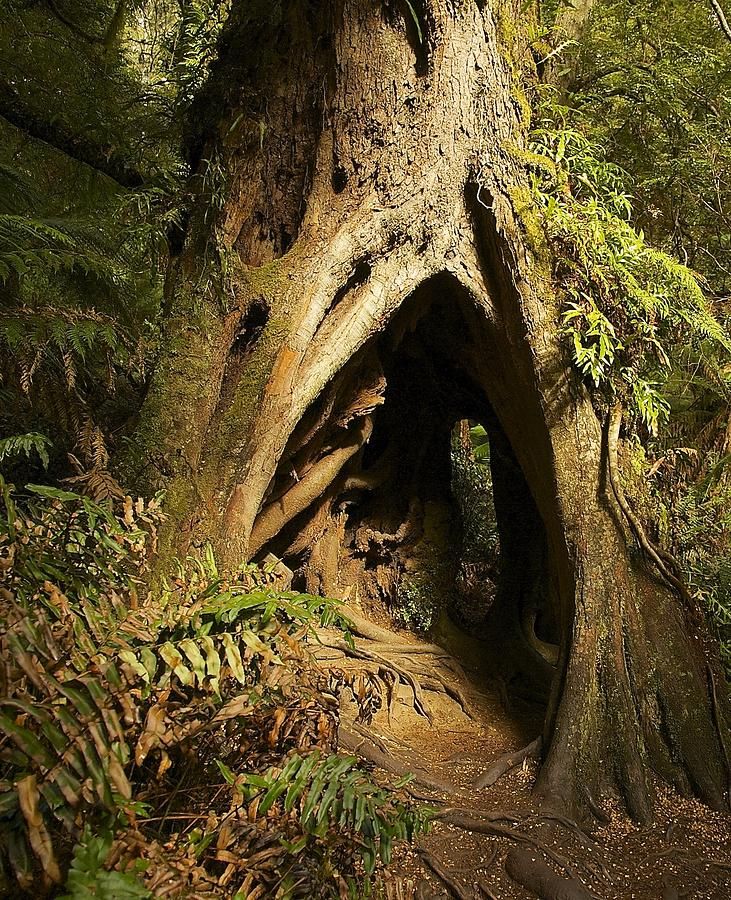
Some Spring (or anytime) Do’s and Don’ts For Your Trees And Plants:
Spring is truly my favorite time of the year. As the warm weather breaks and the grey winter overcast begins to clear. Hearing the birds chirping and watching the trees bloom with new growth is never short of inspiring. No, I don’t love inhaling pollen and sneezing every time I go outside but with any true beauty, there’s compromise.
Often with the season comes the desire to take on some tree and landscaping work. I was thinking recently about a couple of practices I see often that are done with good intentions but when done wrong can have an adverse effect. I thought I’d make a short list of a few do’s and don’ts of the more common (well intended) but potentially adverse practices that I come across.
Do mulch around trees and plants.
- Mulching will retain moisture in the warmer months.
- It helps to combat erosion.
- Organic mulch improves soil quality as it decomposes.
- Helps reverse the effects of compaction.
Don’t volcano mulch. (Volcano mulching is when an abundance of mulch is piled up around the base of a tree causing a “volcano” like shape)
- The mulch will retain too much moisture on the trunk and can invite decay and pests possibly leading to death.
- It may prevent a normal root flare from forming, keeping the tree from stabilizing itself in the ground and increasing the chance of the tree falling.
- Volcano mulching can increase the formation of girdling roots.
- In the warmer months, it may cause the roots to dry out.
I’m not sure what the assumed benefit of volcano mulching is or if it’s done for aesthetic purposes but, it’s something to avoid.
Don’t use weed cover or fabric:
- Weed fabric can inhibit water and nutrients from making their way into the soil.
- The weeds will likely penetrate the fabric anyway.
- Soil under fabric has been found to be more compacted than without it. Soil compaction is a major cause of tree decline.
Do prune your trees:
- As spring moves in and buds begin to break, it’s an easy time to identify dead branches that should be pruned. This can be done any time of the year but sometimes the contrast between dead branches and foliage helps the process.
Don’t over prune your trees:
- The desire to reduce the density of trees to gain light isn’t necessarily a bad idea. Light and airflow are good to have throughout the canopy. But it can be tricky when “thinning” to gain more light to grass. This is often done to an extent that can cause stress to the tree. Creating additional stress on a tree is particularly detrimental throughout the warmer, dryer months. In response to stress, the tree produces “epicormic growth”, that is the rapid growth of shoots under the bark, defeating the intent of the pruning in the first place.
Do water your plants and even your trees if you can:
- The hot dry months can obviously be rough on plants and trees. Water when needed. Larger trees need a lot, and this can be tough to supply. But even a little can help and certainly won’t hurt.
Don’t over water:
- Plants and trees need the water but they need it to leave as well. Ground that is saturated and poorly irrigated can drown roots, depleting them of oxygen and nutrients. Also, root rot and fungus can develop in overly wet conditions. Root rot and continuous saturation may cause major tree failure if it’s not dealt with.
As with most anything, if done in moderation, these practices can be of good use. But if overdone, may have quite the opposite effect. It’s important to remember that in many circumstances, a good rule of thumb is that less is often more.



